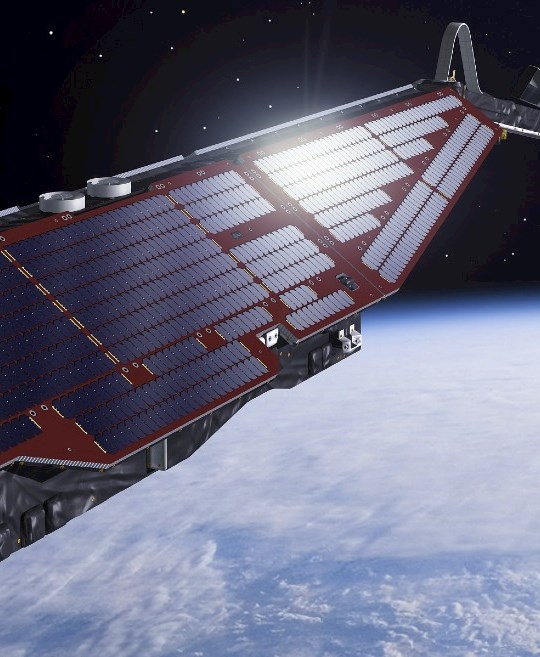Research
Our work is based on measurements from satellites, drones, and ground stations and includes the design, manufacturing, and calibration of highly sophisticated drones and instruments for instance the FGE magnetometer which is installed in more than 250 geomagnetic observatories worldwide. We construct global time-varying models of Earth's magnetic field and use these to probe Earth's structure and dynamics.






